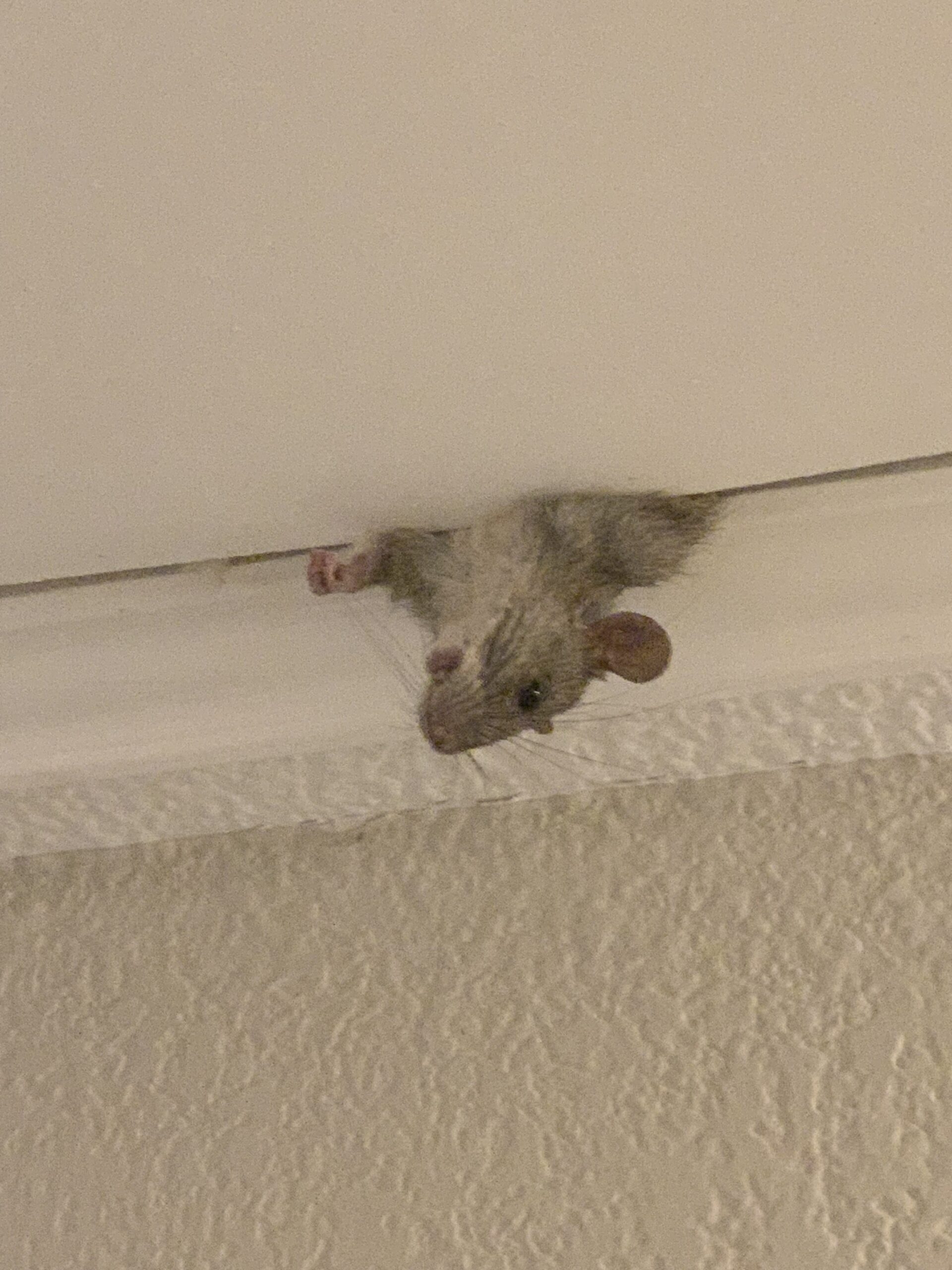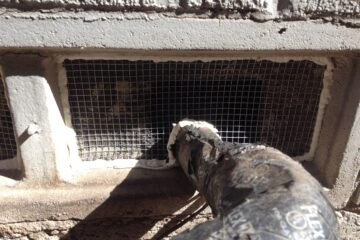Identifying and eliminating rodent entry points is a crucial step in preventing rodent infestations and maintaining a pest-free environment. Rodents can squeeze through tiny openings and exploit vulnerabilities in the structure of your home or building. By understanding how rodents gain access and taking proactive measures to seal potential entry points, you can significantly reduce the risk of rodent infestations. In this article, we will discuss effective techniques for identifying and eliminating rodent entry points.
- Conduct a Thorough Inspection:
Start by conducting a thorough inspection of your home or building to identify potential entry points. Pay attention to both the exterior and interior, focusing on areas where rodents are likely to gain access.
Common entry points include:
– Gaps and cracks in the foundation.
– Holes around utility lines, pipes, and cables.
– Openings around doors, windows, and vents.
– Damaged or missing screens.
– Holes in exterior walls or siding.
– Gaps under doors or garage doors.
- Seal Exterior Entry Points:
Once you have identified potential entry points, it is important to seal them properly. Use the following techniques to eliminate exterior entry points:
– Fill cracks and gaps in the foundation with a high-quality sealant or cement.
– Use caulk or expandable foam to seal gaps around utility lines, pipes, and cables.
– Install metal mesh or hardware cloth to cover larger openings, ensuring rodents cannot chew through them.
– Repair or replace damaged screens on doors, windows, and vents.
– Seal any holes or gaps in exterior walls or siding using appropriate materials.
- Reinforce Doors and Windows:
Rodents can exploit vulnerabilities in doors and windows to gain access. Take the following measures to reinforce these entry points:
– Install door sweeps or weatherstripping at the bottom of exterior doors to create a tight seal.
– Ensure doors and windows close tightly and have no gaps or cracks.
– Use metal flashing or door guards to reinforce the bottom corners of doors, where rodents often gnaw and create openings.
– Consider installing metal grates or mesh screens on windows, especially if they are frequently left open for ventilation.
- Address Roof and Attic Openings:
Rodents can access your home or building through openings in the roof or attic. Take the following steps to seal these areas:
– Inspect the roof for damaged or missing shingles and repair them promptly.
– Ensure roof vents are properly covered with mesh screens to prevent rodent entry.
– Seal any gaps or openings in the eaves or soffits using metal flashing or wire mesh.
– Check for gaps around chimney flashing and seal them tightly.
- Eliminate Interior Entry Points:
Rodents can also find their way indoors through interior entry points. Take the following actions to minimize these access points:
– Seal gaps around pipes, cables, and wires where they enter the interior walls or floors.
– Fill cracks and gaps in interior walls and baseboards using caulk or sealant.
– Inspect and repair damaged or deteriorated insulation, as rodents can tunnel through it to access the interior of walls.
- Professional Assistance:
If you are unsure about identifying or sealing entry points or if you have a persistent rodent problem, it is recommended to seek professional assistance. Pest control professionals, such as Red Rover Rodent Removal, have the expertise, tools, and knowledge to conduct thorough inspections and implement effective exclusion techniques.
Identifying and eliminating rodent entry points is a critical step in preventing rodent infestations. By conducting a thorough inspection, sealing exterior and interior entry points, reinforcing doors and windows, addressing roof and attic openings, and seeking professional assistance when needed, you can significantly reduce the risk of rodents accessing your home or building. Taking proactive measures to seal entry points will help maintain a rodent-free environment and protect your property from the damage and health risks associated with rodent infestations.




